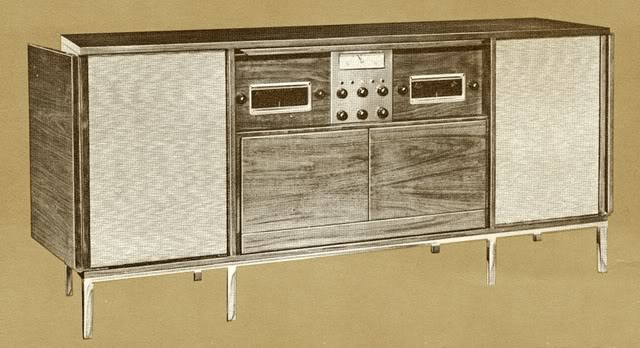So, the answer would be "yes" to many (especially vintage) speakers.
We do custom performance upgrades to modern and vintage speakers. My standard practice (if the customer is interested in performance) is to bypass the level adjustments and replace with high quality resistors. Measure resistance, verify with RTA, than listen. It may a little trial and error, taking the values up, or down a notch, but Invariably the speaker will sound better in my experience. But, admittedly, the ability to "tweak" the speaker a bit is forfeited in the process. I also find it worth noting that the factory attenuators and knobs remain in place, the speaker still looks "OEM" and it can be reverted to "stock" at any point in the future.
I also make it a general practice to bypass protective fuses. These are serious sound de-generators. My rule of thumb is to bypass the fuse(s) IF: a) the driver, diaphragm etc IS replaceable by an OEM (or, better) device, b) the cost is not prohibitive, and c) the customer has had no instances of blowing fuses (maybe some exceptions, but too involved to detail here). If the owner has played the speaker with a high degree of enthusiasm for decades and not blown a fuse, the chances are low (to zero) that damage to a driver will occur in the coming decades. Please keep in mind that it’s not just a fuse. It’s a fuse holder with connections on both ends and a friction contact fit with the fuse. Not the most "audiophilish" approach to best sound quality. But, as mentioned, if the driver/diaphram is irreplaceable or extraordinarily expense, by all means keep those protective devices in place!!










 .................................................
.................................................



